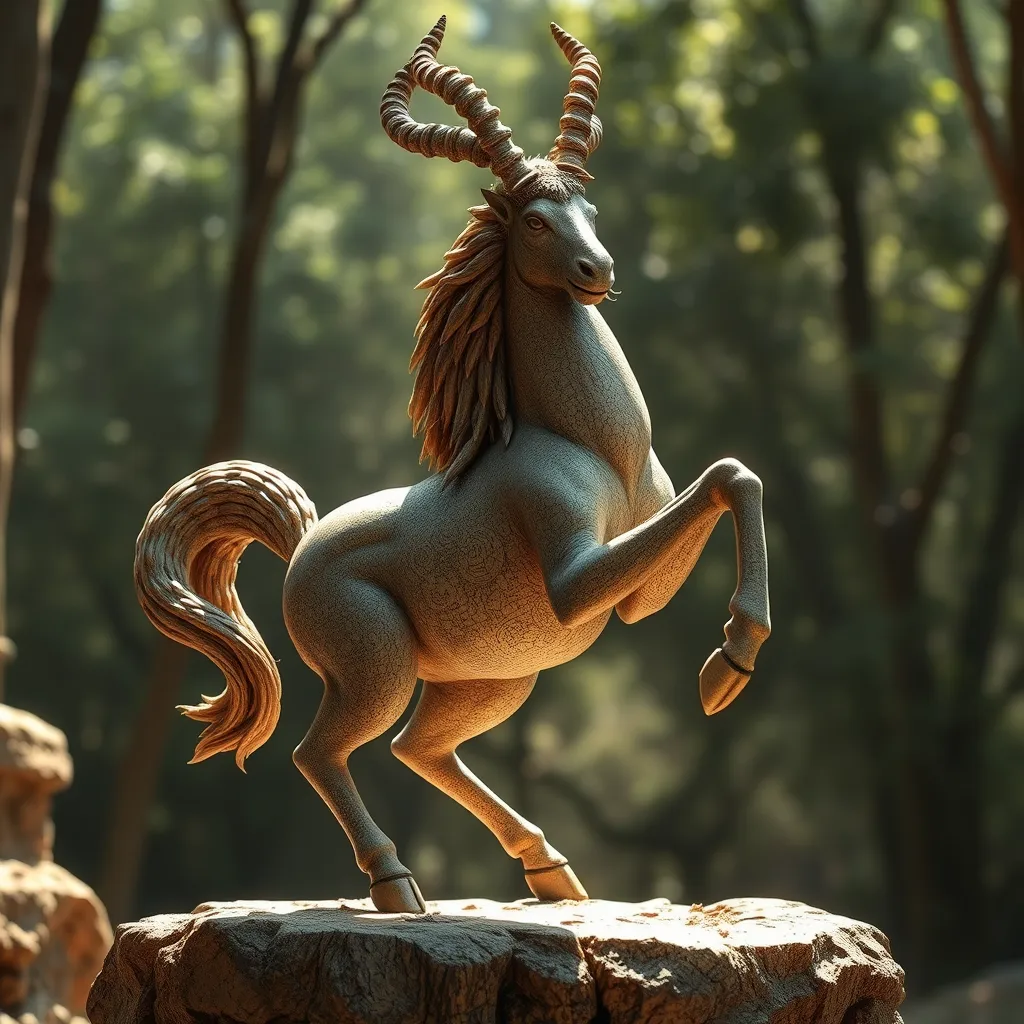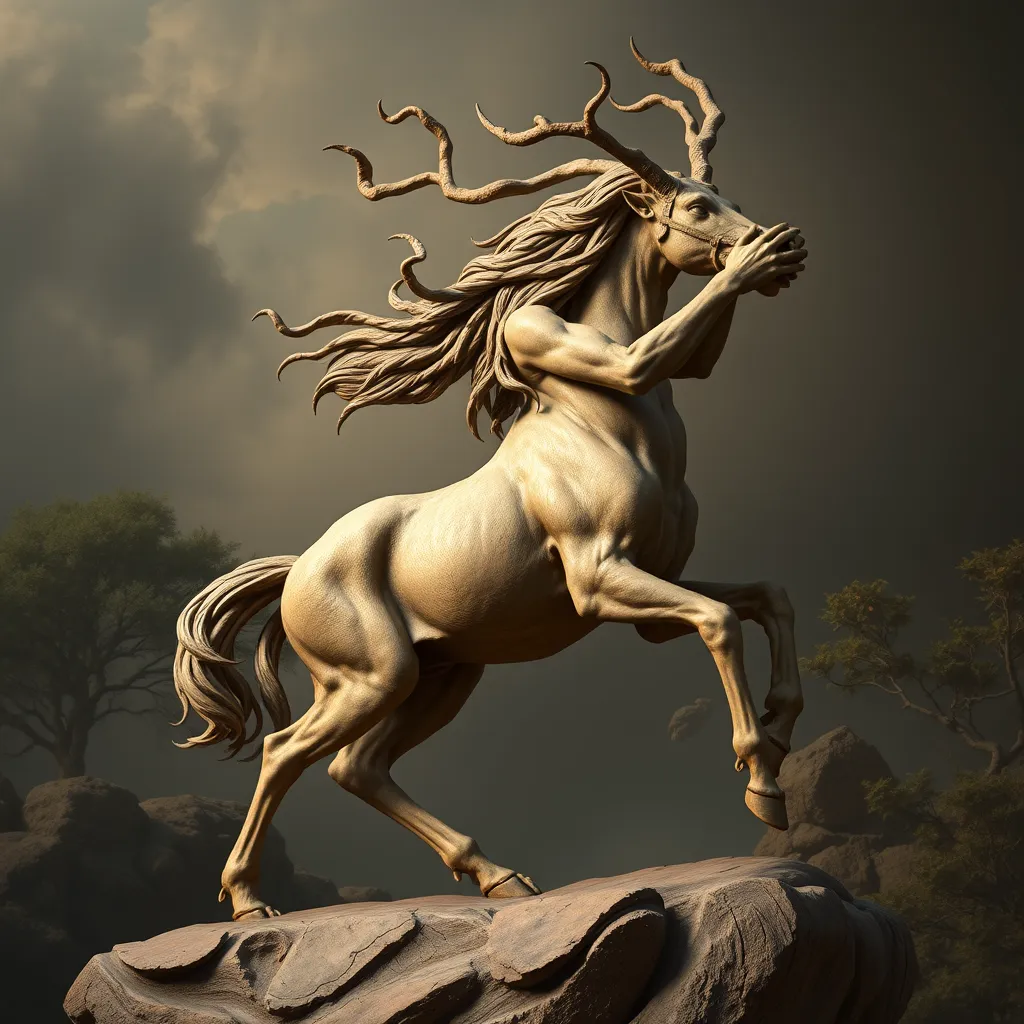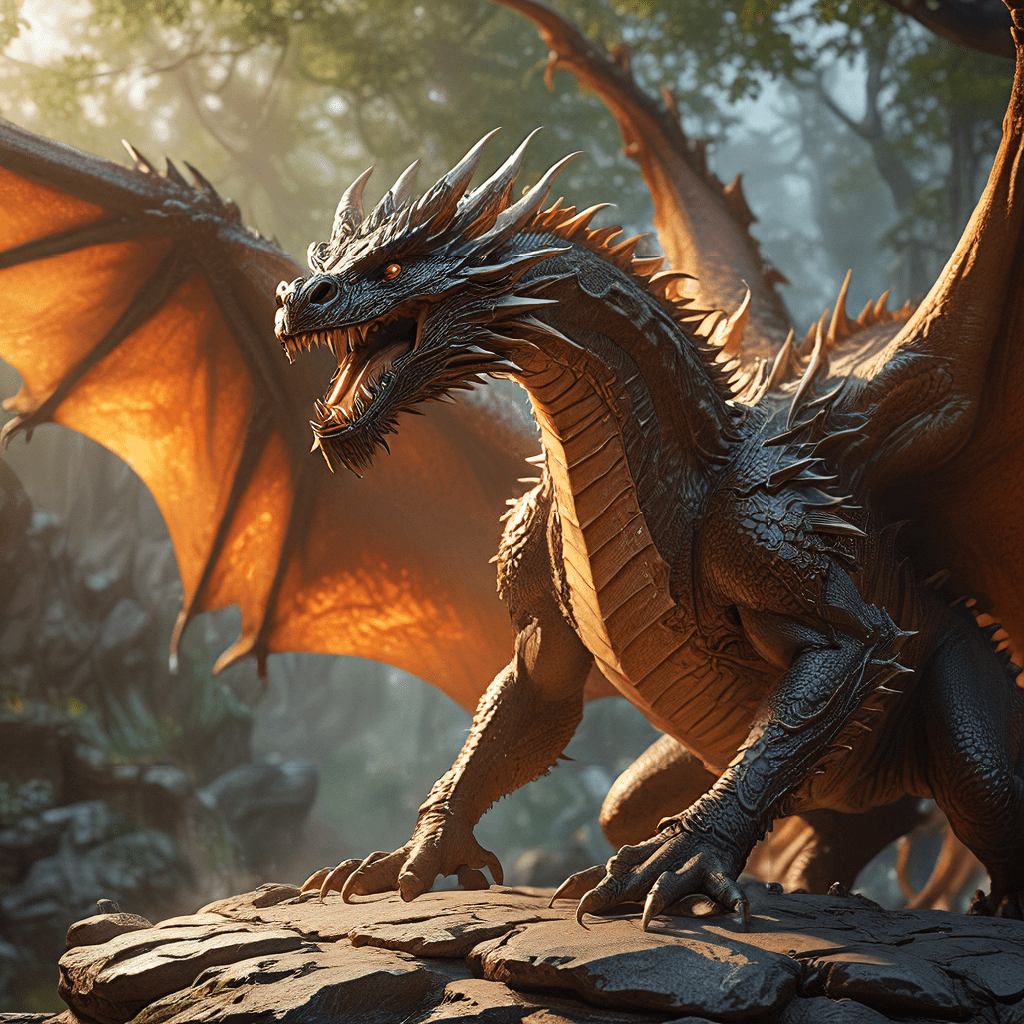The Centaur in Mesoamerican Mythology: Exploring the Centaur’s Role in Aztec and Mayan Mythology
I. Introduction
Mesoamerican mythology is a rich tapestry woven from the beliefs and stories of ancient civilizations that thrived in regions now known as Mexico and Central America. The Aztecs and Mayans, among others, created complex mythologies that explained the world around them, encompassing gods, creation myths, and hybrid creatures that often embodied deeper philosophical concepts.
The centaur, a creature from classical mythology, is typically depicted as a being with the upper body of a human and the lower body of a horse. While the centaur is primarily associated with Greco-Roman mythology, its conceptual parallels can be found in Mesoamerican traditions, suggesting a cultural resonance in the idea of hybrid beings.
This article aims to explore the role of centaur-like figures in Aztec and Mayan mythology, examining their origins, symbolism, and artistic representations, and how these beings reflect the dualities present in Mesoamerican culture.
II. Defining the Centaur: A Mythological Hybrid
In classical mythology, centaurs are often portrayed as wild and untamed beings, embodying the conflict between civilization and nature. They are typically depicted as skilled in archery and known for their strength, yet they also exhibit human traits such as wisdom and emotion.
Mesoamerican cultures similarly featured a variety of hybrid creatures that represent the merging of human and animal traits. Examples include:
- Tezcatlipoca: An Aztec god often associated with jaguars.
- Chac: The Mayan rain god depicted with serpent-like features.
These hybrid beings served significant cultural roles, embodying the complexities of existence and the interconnectedness of all life forms in Mesoamerican belief systems.
III. The Centaur’s Origins in Aztec Mythology
While there are no direct references to centaurs in Aztec mythology, there are centaur-like figures that share similar attributes. The Aztecs revered a wide array of deities, some of which displayed hybrid characteristics, merging animal and human forms to represent their divine attributes.
One notable figure is:
- Xolotl: The god of fire and lightning, often depicted with canine features, symbolizing the duality of life and death.
The symbolism of these beings in Aztec culture often revolved around themes of balance, chaos, and the struggle between opposing forces, akin to the centaur’s representation of civilization versus nature.
IV. Centaur-like Depictions in Mayan Mythology
Mayan mythology also features beings that can be interpreted as centaur-like through their hybrid forms. Artifacts and codices from the Maya civilization reveal depictions of figures that combine human and animal traits, often in a ceremonial context.
For instance, certain Mayan texts and murals illustrate:
- Deities with avian features, representing the connection to the heavens.
- Figures that merge human bodies with serpent elements, embodying the earth and its fertility.
These hybrid figures played crucial roles in Mayan religious practices, often associated with rituals to ensure agricultural fertility or to invoke the favor of the gods. Comparatively, while the Aztecs focused on the balance of life and death, the Mayans emphasized the harmony between the celestial and terrestrial realms.
V. The Centaur as a Representation of Duality
The concept of duality is central to Mesoamerican culture, reflecting the balance of opposites inherent in their worldview. The centaur, as a mythological hybrid, symbolizes the intersection of nature and civilization, illustrating how these elements coexist and influence one another.
Key themes of duality in Mesoamerican culture include:
- The coexistence of life and death, as seen in the reverence for gods associated with both.
- The balance of human endeavors with the natural world, emphasizing sustainability and respect for nature.
Understanding the centaur’s role in this context allows for a deeper comprehension of Mesoamerican worldviews, revealing how hybrid beings represent the complexities of existence and the importance of balance in their societies.
VI. Artistic Representations of the Centaur in Mesoamerican Art
Archaeological findings have uncovered a wealth of artistic representations that may relate to the centaur concept in Mesoamerican art. From pottery to stone carvings, these artworks often depict hybrid beings that reflect the cultural significance of such figures.
Some notable artistic styles and motifs include:
- Reliefs and carvings: Often showcasing gods with animal attributes, symbolizing their powers.
- Codices: Illustrated manuscripts that feature hybrid creatures in ceremonial contexts.
These artistic interpretations provide insight into how Mesoamerican cultures viewed the relationship between humanity and the animal kingdom, emphasizing the sanctity of both realms.
VII. Modern Interpretations and Adaptations
The influence of Mesoamerican centaur-like figures extends into contemporary culture, inspiring a variety of artistic and literary works. The representation of hybrid beings in modern media often draws from the rich mythology of the Aztecs and Mayans, adapting these themes for new audiences.
Examples of modern interpretations include:
- Literature that explores themes of hybrid identity and cultural heritage.
- Film adaptations that incorporate Mesoamerican mythology into fantasy narratives.
The legacy of centaur figures in modern Mesoamerican studies continues to evolve, encouraging further exploration of their significance and relevance in today’s society.
VIII. Conclusion
In summary, the centaur’s role in Mesoamerican mythology, while not directly mirrored from classical traditions, resonates through various hybrid figures in Aztec and Mayan cultures. These beings serve as symbols of duality and balance, embodying the intricate relationships between humanity, nature, and the divine.
Understanding the centaur’s significance in Mesoamerican mythology enriches our appreciation for these ancient civilizations and their profound insights into existence. Future research can further uncover the layers of meaning embedded in these mythologies, fostering a deeper connection with Mesoamerican heritage.



